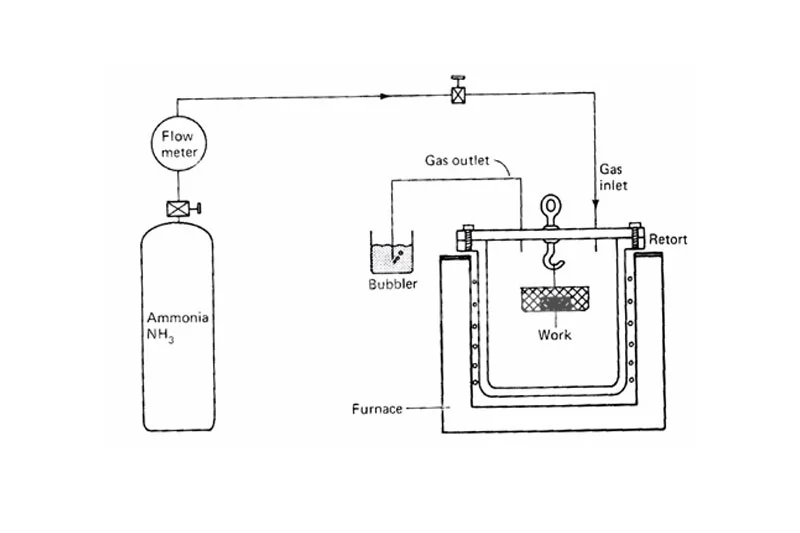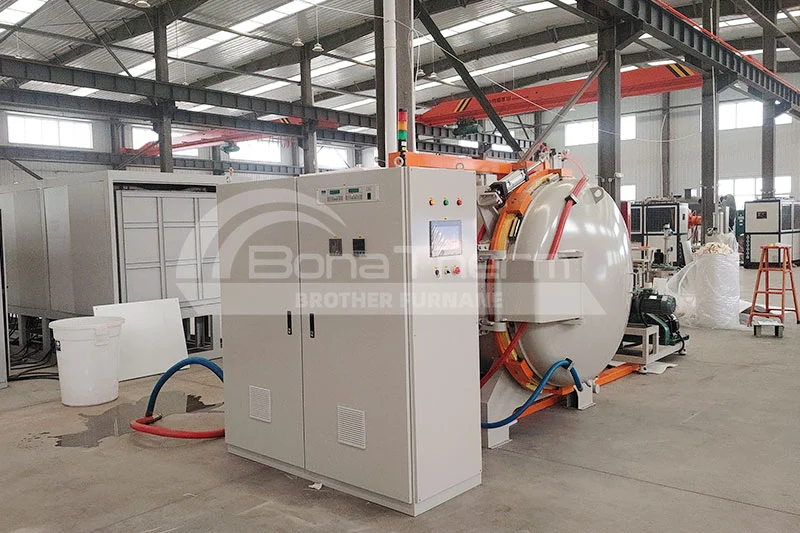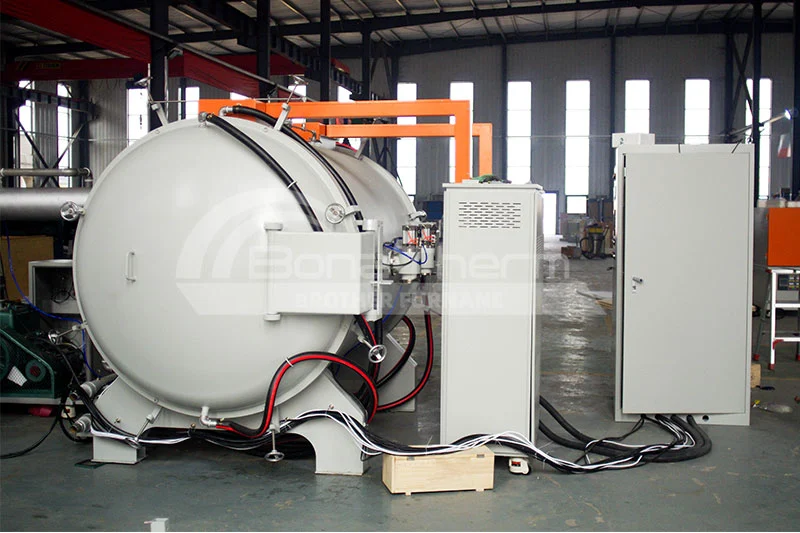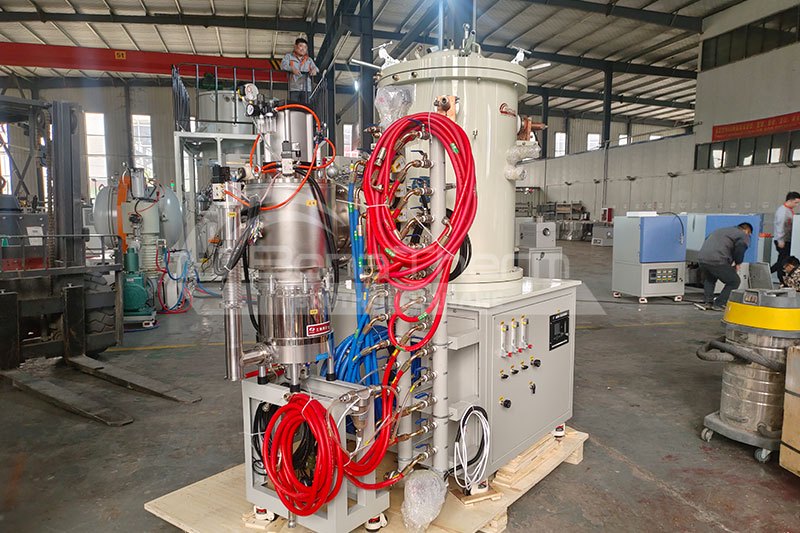Vacuum Nitriding Furnace Nitriding Process
- By: Brother Furnace
- /
- 2025-10-17 02:04
Vacuum nitriding is a precise and efficient surface hardening technology widely used to enhance the wear resistance, fatigue strength, and corrosion resistance of metal components. By introducing nitrogen atoms into the surface layer of a workpiece under a controlled vacuum environment, the process significantly improves the surface performance without compromising the core mechanical properties.
As a professional manufacturer of heat treatment equipment, Brother Furnace provides advanced vacuum nitriding furnaces designed for stable, uniform, and high-quality nitriding results.

What Is Vacuum Nitriding?
Vacuum nitriding is a thermochemical treatment process in which nitrogen is diffused into the surface of ferrous alloys in a vacuum atmosphere with controlled nitrogen potential. Unlike traditional gas nitriding, vacuum nitriding offers cleaner processing conditions, precise temperature control, and better process repeatability.
This process is especially suitable for precision components and materials that require high fatigue resistance and dimensional stability.
Nitriding Process Flow
The typical nitriding process in a vacuum nitriding furnace includes the following steps:
Loading and Preheating
The workpieces are placed inside the vacuum furnace chamber and the chamber is sealed. A vacuum is then established to remove residual oxygen and moisture, creating a clean environment for nitriding.
The furnace is heated to the target temperature—usually between 480 °C and 580 °C—depending on the material and nitriding requirements.
Nitriding Stage
Once the furnace reaches the required temperature, nitrogen-containing gas (such as ammonia or nitrogen–hydrogen mixtures) is introduced. Under vacuum conditions, nitrogen atoms dissociate and diffuse into the surface of the material, forming a hard nitride layer.
The nitriding duration can range from several hours to tens of hours, depending on the desired case depth and hardness.
Diffusion Stage
After the initial nitriding, the gas flow is adjusted to allow nitrogen to diffuse deeper into the material. This step ensures a gradual transition between the hardened surface and the tough core, enhancing fatigue resistance and bonding strength.
Cooling and Unloading
Once the nitriding and diffusion are complete, the furnace is slowly cooled down under vacuum or inert gas protection. Controlled cooling minimizes deformation and ensures excellent dimensional stability. The treated workpieces can then be removed from the furnace.
Typical Application Material: Nitriding of 42CrMo Steel
As an example, 42CrMo (AISI 4140) alloy steel is a common material for nitriding due to its high strength and excellent hardenability.
-
Nitriding Temperature: 520 °C
-
Nitriding Time: 12–20 hours
-
Resulting Case Depth: 0.3–0.6 mm
-
Surface Hardness: Up to 1000 HV
After vacuum nitriding, the surface of 42CrMo steel exhibits significantly improved wear resistance and fatigue strength, making it ideal for gears, shafts, molds, and other precision mechanical parts.
Advantages of Vacuum Nitriding with Brother Furnace
-
Clean Atmosphere: No oxidation or surface contamination.
-
Precise Control: Accurate temperature and pressure control for stable results.
-
Uniform Hardening: Even nitrogen diffusion across the entire workpiece.
-
Flexible Processes: Suitable for different nitriding gases and customized parameters.
-
Energy Efficiency: Optimized insulation and heating design reduce energy consumption.
Typical Applications
Vacuum nitriding is widely used in the aerospace, automotive, mold, energy, and machinery industries. It is suitable for processing a variety of steels, including tool steels, alloy steels, and stainless steels, as well as some non-ferrous alloys.
Conclusion
Vacuum nitriding is a reliable and efficient surface hardening process that enhances component performance and extends service life.
With advanced temperature control technology and stable vacuum performance, Brother Furnace vacuum nitriding furnaces help users achieve high-quality nitriding results, ensuring product durability and performance in demanding industrial environments.




